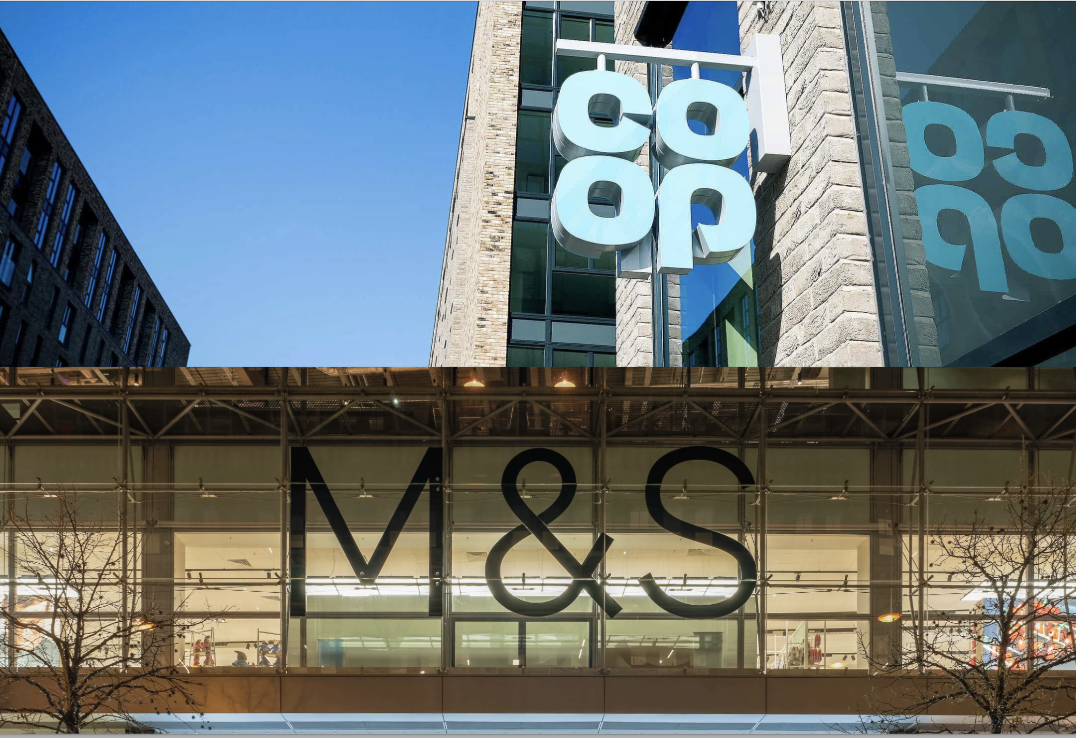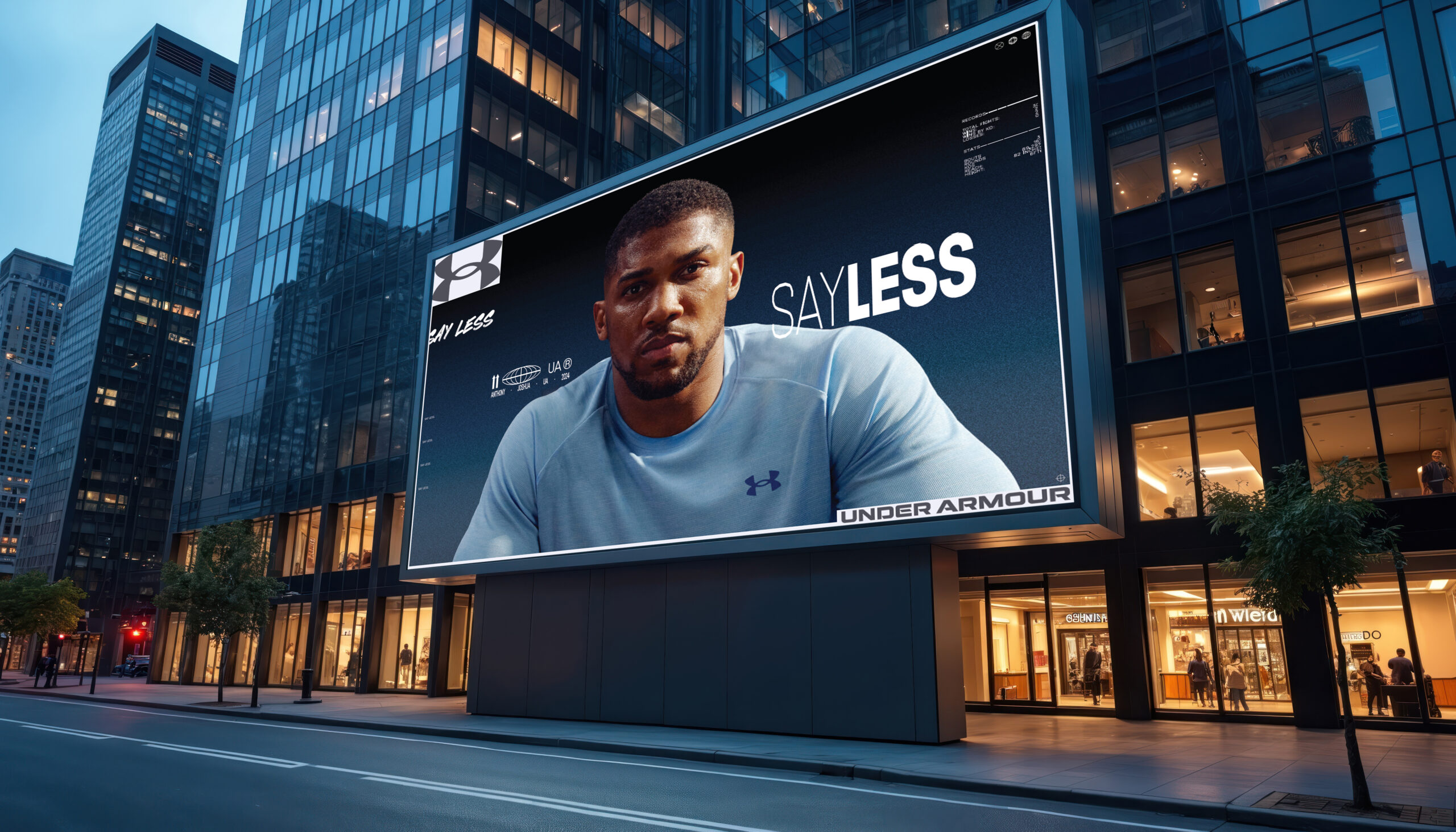Like every big beast at the top of the food chain, there is only one way to go: down. Amazon may look unassailable right now, but changes in how some other big players are doing things could be the start of the erosion of that dominant position.
The proposed merger between Sainsbury’s and Asda in the UK is touted as being about purchasing power from being huge and how to pass that saving on to customers to get them spending more. And it is right now the primary driver of this move.
However, Sainsbury’s boss Mike Coupe being caught on camera singing “we’re in the money” may be more prescient than he imagines. While the deal with Asda, were it to happen, would indeed make it the most powerful supermarket group in the UK, the combination of real estate, online and mobile technology, inventory, buying power, customer reach and Argos all make the super supermarket look very much like something that, say, Amazon may well view with trepidation.
Amazon has been circling the grocery business for a while – buying Whole Foods, launching the whizzy Amazon Go stores, doing deliveries of Amazon Fresh in various territories and leveraging Alexa and fast buttons to make re-ordering of certain goods simple and easy.
But it has yet to fully pounce on the grocery business. Could the Sainsbury’s-Asda tie up be a pre-emptive defensive move against such a pounce?
My money says it is. Together, these two could deliver a mighty and truly omni-channel challenger to Amazon, with stores, online, marketplace, supply and logistics all sewn up. Imagine Amazon, but with stores all over the place as well: awesome right?
And the time is ripe for launching such an entity – a fact not wasted on Google or indeed, this week, Facebook.
While Sainsbury’s and Asda took all the retail headlines, Facebook has revamped its Messenger app with commerce front and centre in its plan. While it makes a tidy living as essentially an ad platform, moving into being a marketplace offers yet more revenue and, done right, could bring it too to bear on Amazon’s hegemony of online marketplace retail.
Where Sainsbury’s and Asda have the store component, Facebook’s trump card lies in the connections and relationships it hosts between retailers, brands, merchants and consumers.
The move to add AR tool and translation services to Messenger means that brands and retailers can leverage these connections and drive sales. It also makes Facebook a compelling – and well connected – marketplace.
Of course, social media companies are falling over themselves to become part of the sales process rather than the marketing process in online retail. Instagram has already made great strides in delivering retailers to consumers and vice versa.
Google too is adding retail to its search results, so rather than passing consumers who search for things to buy to Amazon, it sells them direct.
Suddenly, everyone is leveraging their particular skill to become a quasi-marketplace – and they all have Amazon in their sites.
Of course, Amazon is not going to roll over and die, but it is going to suddenly start to experience a whole new sensation: threat. Retailers have, for too long, been slowly squeezed by the Amazon anaconda, now it seems there are ways to fight back. Of course, all these other big players are also going to try and eat the retailer’s lunch (or possibly for lunch), but right now these social media companies and retailers need each other if they are to give Amazon a run for its money.
And together – and with forward thinking in the boardroom of the merged Sainsbury’s and Asda – a new paradigm in retail may yet be born. We may yet be saying in 10 year’s time “remember Amazon?”.








